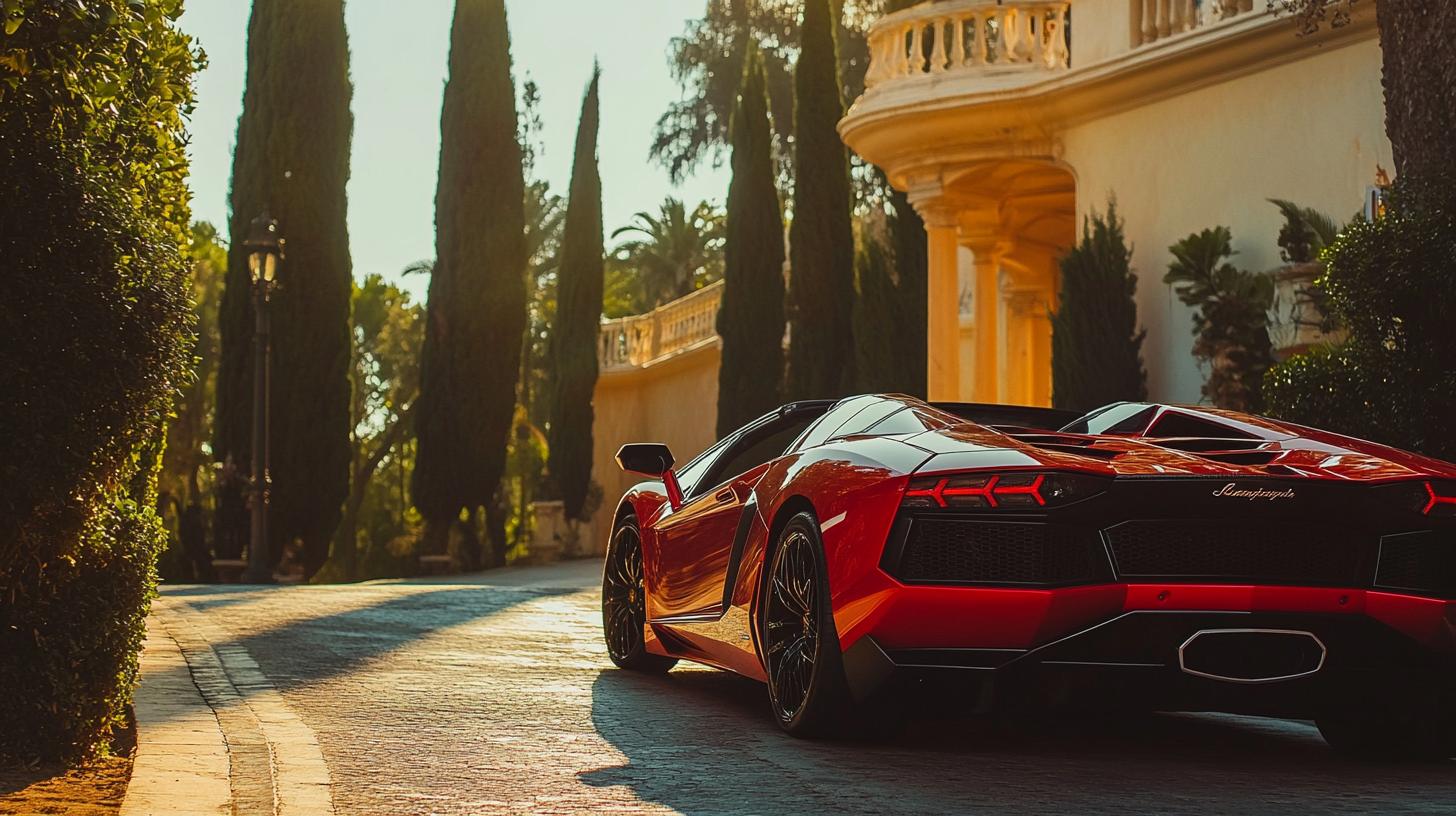In the world of luxury vehicles, maintaining a pristine image is key, especially for Lamborghini. While celebrities like Travis Scott and Playboi Carti have glamorized the exotic Lamborghini Urus, the brand discreetly implies a preference for leaving their cars in their original, unaltered form.
During the unveiling of Lamborghini’s new $500,000 hybrid Urus SE in Sydney, Francesco Scardaoni, Lamborghini’s regional director for Asia-Pacific, addressed the trend of car customization. He emphasized the allure of Lamborghini’s own personalization service, known as the Ad Personam program. This official option offers a dazzling palette of colors for both the exterior and interior, allowing for unique personal touches that align with the brand’s vision.
While Scardaoni did not openly condemn extravagant custom modifications resembling Chief Keef’s Hot Wheels tribute, he hinted at a preference for personalizing within Lamborghini’s provided framework. The company’s stance contrasts with Ferrari, which has been stern about modifications, as evidenced by past legal actions.
Contrary to the classic image of Lamborghini owners as older connoisseurs, the brand’s customer base is increasingly youthful. This shift is largely prompted by the 2018 launch of the Urus SUV, attracting younger demographics, especially in Asia. With new hybrid models on offer, Lamborghini is further diversifying its clientele by appealing to those with a focus on sustainability.
Significantly, Lamborghini drivers are now using their exotic cars for everyday commutes, not just weekend outings. Particularly in Asia Pacific regions, this trend reflects a changing perception of how luxury vehicles can blend functionality with opulence.
The Silent Revolution: How Lamborghini’s Evolving Strategy Impacts Global Automotive Trends
In the dynamic landscape of luxury automobiles, Lamborghini stands as a symbol of innovation and status. The recent launch of the $500,000 hybrid Urus SE in Sydney marks a turning point, not only for the brand but for the entire luxury car market. Moving beyond mere aesthetics, Lamborghini is strategically positioning itself to captivate a younger, more environmentally-conscious consumer base. Let’s delve into the untold aspects of this evolution and its wider implications.
Reimagining Luxury for a Younger Audience
Historically, Lamborghini was synonymous with high-speed thrill, catering to an older, affluent clientele. However, a significant change in demographics is now in motion. The 2018 introduction of the Urus SUV catapulted Lamborghini into the realm of youthful buyers, particularly in Asia. This demographic is tech-savvy, eco-conscious, and inclined to use luxury vehicles for daily commutes—an untraditional approach that mirrors broader societal shifts towards convenience and practicality.
Sustainability Meets Opulence
The hybrid Urus SE exemplifies Lamborghini’s commitment to blending sustainability with luxury. As the automotive industry faces mounting pressure to reduce carbon emissions, Lamborghini’s hybrid models are a strategic move towards environmental responsibility. This stands as a competitive advantage in a market where eco-friendly initiatives can significantly influence consumer buying decisions.
Advantages and Disadvantages in a Changing Market
One major advantage for Lamborghini is the enhancement of its brand value through sustainable practices. By adopting hybrid technology, Lamborghini is aligning with global environmental goals, which can foster brand loyalty among the environmentally conscious.
However, there are challenges. The balance of maintaining the brand’s high-performance identity while integrating sustainability features could alienate traditional customers who prioritize raw power over eco-friendliness. There’s also the risk of price sensitivity in emerging markets where economic disparities can affect sales.
The Duality of Customization
Lamborghini’s Ad Personam program is a strategic counter to off-brand custom modifications. It caters to individualism while preserving brand identity, thus providing owners the freedom to personalize without resorting to potentially brand-diluting alterations. While this offers customers bespoke luxury, it implicitly curtails radical customizations, a move that may not sit well with all customers who relish unique, unconventional designs.
Interesting Facts and Controversies
While car customization is celebrated among enthusiasts, it raises questions about intellectual property and brand integrity. Ferrari’s historical legal battles over modifications highlight potential pitfalls. Lamborghini’s nuanced approach with its Ad Personam program provides a harmonious blend of creativity and control, although this may spur debates on autonomy versus authenticity.
Your Questions Answered
1. Why is the hybrid Urus SE significant for Lamborghini?
The hybrid Urus SE represents Lamborghini’s pivot towards sustainability, which is crucial for capturing market segments focused on eco-friendly solutions without compromising on luxury.
2. How are younger buyers influencing Lamborghini’s strategy?
Younger buyers are influencing Lamborghini to integrate technology and sustainability, reflecting broader trends where practicality meets luxury. This shift is crucial for staying relevant in a rapidly changing market landscape.
Suggested Links
– Interested in learning more about hybrid technology in automobiles? Visit Automobili Lamborghini for comprehensive insights.
– For a broader view on customization trends in luxury cars, explore Car and Driver.
In conclusion, Lamborghini’s redefined approach is more than a business strategy—it is a reflection of changing values in global society, where luxury meets responsibility. As the brand continues to innovate, it sets a precedent for balancing exclusivity with environmental consciousness, paving the way for a new era in the luxury car industry.







